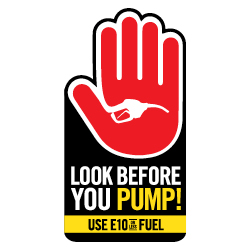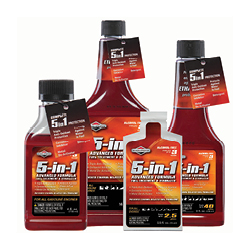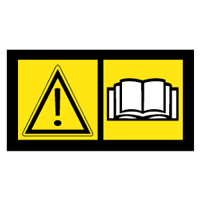1. Check the oil level before every use

Operating with no or low oil may damage the engine. Check your engine’s oil level before every start. The engine oil capacity and oil type depends on your specific engine model. To learn how to check your oil or your oil type, refer to your operator’s manual. Or check out our many resources such as our FAQs or YouTube demonstration videos.
2. Use fresh, unleaded fuel with an E10 blend or less

Small engines are designed to run on unleaded fuel with an E10 blend or less. An E10 fuel is a blend of unleaded gasoline and up to 10 percent ethanol. Higher ethanol blends such as E15 or E85 can corrode metal parts and degrade plastic components within small engines—which can cause poor engine starting and even engine failure. That’s why the use of E15 and E85 blends in small engines is prohibited by the Environmental Protection Agency and illegal in the U.S.
3. Add fuel treatment and stabilizer to your gas can

Fuel can begin to go stale in just 30 days, leading to gum and varnish which can clog an engine’s components. These clogs can lead to inconsistent starting, poor performance, or even engine failure. In addition, these traits associated with bad fuel void your engine’s warranty. Improve your engine's performance and life by adding an alcohol-free fuel treatment and stabilizer every time you buy fuel. We recommend Briggs & Stratton® Advanced Formula Fuel Treatment & Stabilizer, which stabilizes fuel for up to three years. Always remember, when filling up your gas can, add an effective fuel treatment.

WARNING: Read and follow Operating Instructions before running engine



